How Many Pieces Endoscopic Biopsies ?
The number of pieces obtained during an endoscopic biopsy can vary depending on the specific procedure and the purpose of the biopsy. In general, multiple pieces of tissue are typically collected to ensure an adequate sample for analysis. The exact number of pieces can range from one to several, and it is determined by the endoscopist based on factors such as the size and location of the target tissue, the suspected pathology, and the clinical indication for the biopsy.
1、 Types of Endoscopic Biopsies
Endoscopic biopsies are a common procedure used to diagnose and monitor various gastrointestinal conditions. There are several types of endoscopic biopsies, each serving a specific purpose in obtaining tissue samples for analysis. The number of pieces obtained during an endoscopic biopsy can vary depending on the specific procedure and the clinical indication.
One type of endoscopic biopsy is the forceps biopsy, which involves using a specialized instrument to grasp and remove small pieces of tissue. Forceps biopsies are commonly performed during upper endoscopy (esophagogastroduodenoscopy) or colonoscopy procedures. Typically, multiple pieces of tissue are obtained during a forceps biopsy to ensure an adequate sample for analysis.
Another type of endoscopic biopsy is the brush biopsy, which involves using a brush-like instrument to collect cells from the surface of the gastrointestinal tract. Brush biopsies are often used to evaluate abnormalities in the esophagus or the bile ducts. Unlike forceps biopsies, brush biopsies do not typically yield solid tissue pieces but rather cellular material for analysis.
In recent years, there has been a growing interest in advanced endoscopic techniques, such as endoscopic ultrasound-guided fine-needle aspiration (EUS-FNA) and endoscopic mucosal resection (EMR). EUS-FNA allows for the sampling of deeper tissues and lymph nodes using a thin needle, while EMR enables the removal of larger, superficial lesions. These techniques can yield larger tissue specimens compared to traditional forceps or brush biopsies.
The number of pieces obtained during an endoscopic biopsy can vary depending on the size and location of the lesion, the expertise of the endoscopist, and the specific clinical scenario. In some cases, a single piece of tissue may be sufficient for diagnosis, while in others, multiple pieces may be necessary to ensure an accurate assessment. The decision on the number of pieces to obtain is typically made by the endoscopist based on their clinical judgment and the specific goals of the procedure.
It is important to note that the field of endoscopy is constantly evolving, with new techniques and technologies being developed. These advancements aim to improve the diagnostic yield and accuracy of endoscopic biopsies, ultimately leading to better patient outcomes. Therefore, the latest point of view may involve the use of novel techniques, such as confocal laser endomicroscopy or molecular profiling, which can provide additional information about the tissue being sampled.
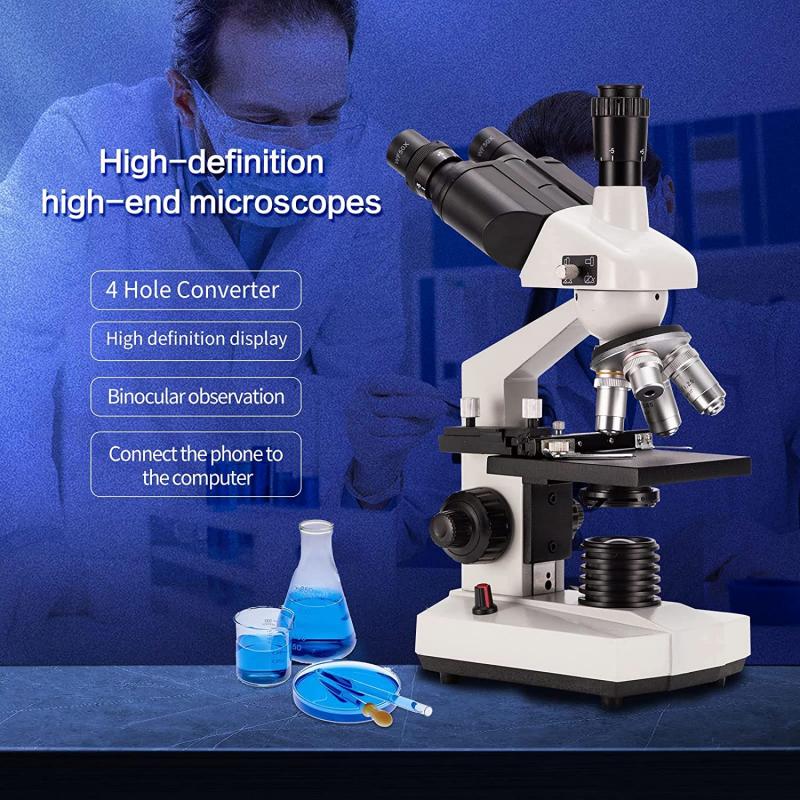
2、 Indications for Endoscopic Biopsies
The number of pieces obtained during endoscopic biopsies can vary depending on several factors, including the specific indication for the procedure, the size and location of the lesion, and the expertise of the endoscopist. In general, multiple pieces are usually obtained to increase the diagnostic yield and ensure accurate pathological evaluation.
Indications for endoscopic biopsies encompass a wide range of conditions, including gastrointestinal disorders, respiratory diseases, and urological abnormalities. In gastrointestinal endoscopy, for example, biopsies are commonly performed to investigate suspected malignancies, such as colorectal cancer or gastric carcinoma. In these cases, multiple pieces are often obtained from different areas of the lesion to assess the extent of tumor involvement and determine the appropriate treatment strategy.
The latest point of view regarding endoscopic biopsies emphasizes the importance of obtaining an adequate number of tissue samples to improve diagnostic accuracy. Recent studies have shown that increasing the number of biopsy specimens can significantly enhance the detection rate of various gastrointestinal lesions, including early-stage cancers and precancerous lesions. This approach is particularly relevant in cases where the initial biopsies yield inconclusive or negative results, as additional sampling can increase the chances of identifying the underlying pathology.
Furthermore, advancements in endoscopic technology, such as endoscopic ultrasound and narrow-band imaging, have further improved the diagnostic yield of endoscopic biopsies. These techniques allow for better visualization and characterization of lesions, aiding in the selection of optimal biopsy sites and increasing the likelihood of obtaining representative tissue samples.
In conclusion, the number of pieces obtained during endoscopic biopsies can vary depending on the specific indication and clinical scenario. However, the latest point of view emphasizes the importance of obtaining an adequate number of biopsy specimens to improve diagnostic accuracy, especially in cases where initial biopsies yield inconclusive results.

3、 Procedure for Endoscopic Biopsies
The number of pieces obtained during endoscopic biopsies can vary depending on several factors, including the purpose of the procedure, the size and location of the target tissue, and the expertise of the endoscopist. Generally, multiple pieces of tissue are collected to ensure an accurate diagnosis and to increase the chances of detecting any abnormalities.
During an endoscopic biopsy, the endoscopist uses specialized instruments to collect small samples of tissue from the targeted area. These samples are then sent to a pathology laboratory for analysis. The number of pieces collected can range from one to several, depending on the endoscopist's judgment and the specific requirements of the case.
In some cases, a single piece of tissue may be sufficient to make a diagnosis. However, in other cases, multiple pieces may be necessary to obtain an adequate sample or to assess different areas within the tissue. For example, in cases where there is suspicion of cancer or other malignancies, the endoscopist may collect multiple pieces from different areas to increase the chances of detecting any abnormal cells.
It is important to note that the number of pieces collected during endoscopic biopsies should be determined by the endoscopist's expertise and clinical judgment. The goal is to obtain enough tissue for an accurate diagnosis while minimizing any potential risks or complications associated with the procedure.
It is worth mentioning that advancements in endoscopic technology, such as the use of advanced imaging techniques and targeted biopsies, have improved the accuracy and efficiency of endoscopic biopsies. These advancements allow for more precise targeting of suspicious areas, reducing the need for excessive sampling.
In conclusion, the number of pieces obtained during endoscopic biopsies can vary depending on the specific case and the endoscopist's judgment. The goal is to obtain enough tissue for an accurate diagnosis while minimizing any potential risks or complications. Advances in endoscopic technology have further improved the accuracy and efficiency of these procedures.
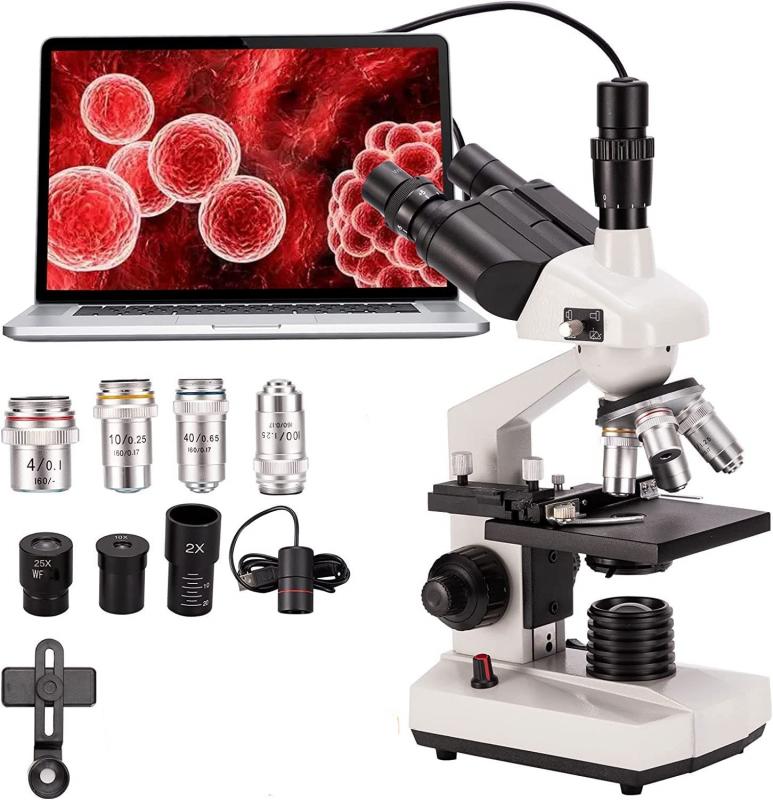
4、 Risks and Complications of Endoscopic Biopsies
Endoscopic biopsies are a common procedure used to obtain tissue samples for diagnostic purposes. These biopsies are performed using an endoscope, a flexible tube with a light and camera attached to it, which allows the doctor to visualize the area of interest and guide the biopsy instrument to the targeted tissue.
The risks and complications associated with endoscopic biopsies are generally low, but it is important to be aware of them. One of the most common risks is bleeding, which can occur at the biopsy site. However, this is usually minor and can be controlled with local measures or cauterization. In rare cases, more significant bleeding may require additional intervention.
Another potential complication is infection, although this is uncommon. The risk of infection can be minimized by following proper sterile techniques during the procedure. In some cases, antibiotics may be prescribed before or after the biopsy to further reduce the risk.
Perforation or injury to surrounding organs or structures is a rare but serious complication of endoscopic biopsies. This risk is higher when biopsies are performed in areas with thin or fragile tissues. However, experienced endoscopists are trained to minimize this risk by carefully assessing the anatomy and using appropriate techniques.
It is important to note that the risks and complications associated with endoscopic biopsies have been significantly reduced with advancements in technology and techniques. For example, the development of endoscopic ultrasound-guided biopsies has improved the accuracy and safety of obtaining tissue samples from deep within the body.
In conclusion, while endoscopic biopsies carry some risks and complications, they are generally considered safe procedures. The benefits of obtaining accurate diagnostic information often outweigh the potential risks. It is essential to discuss any concerns or questions with your healthcare provider before undergoing an endoscopic biopsy.
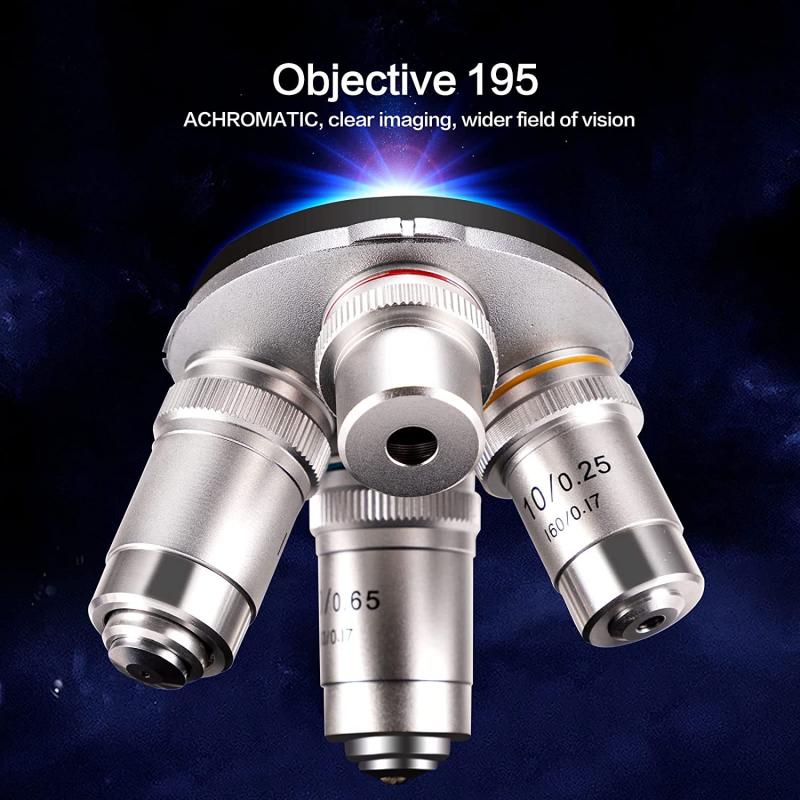




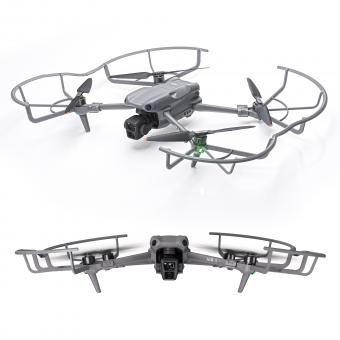
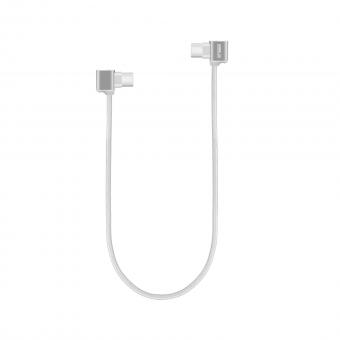
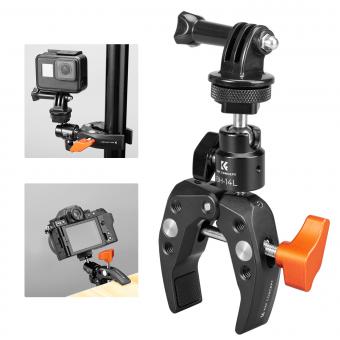


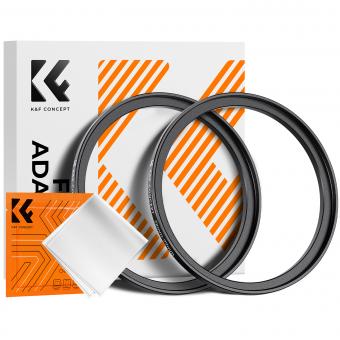


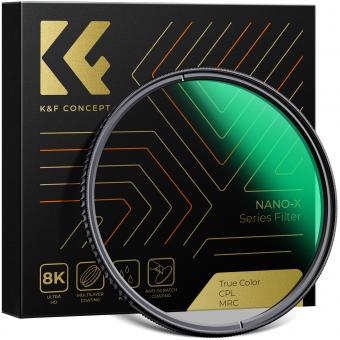




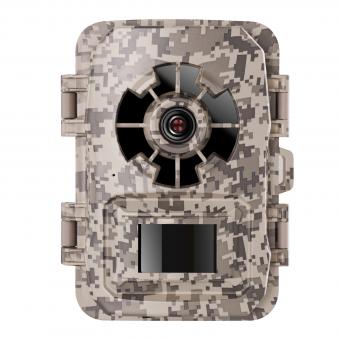
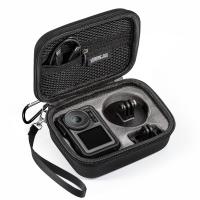


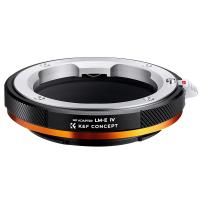




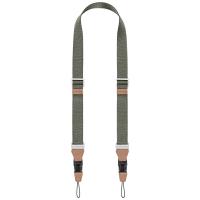



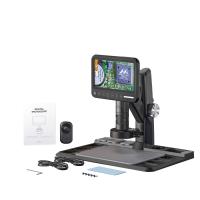




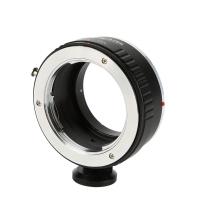
There are no comments for this blog.